- Learning time
- 10 minutes
- First play time
- 45 minutes
In a Grove
Designed by: Jun Sasaki
In a Grove is a deduction game in a tiny box, as most titles from publisher Oink Games are. The theme and mechanics are detection: in this case, a murder.
There are nine figure pieces, six numbered 2-8 as well as a couple of X’s. At the start of each round, they are placed face-down and shuffled before dealing one to each player. Four remain in the centre of the table: one, placed horizontally, is the victim (as on the box cover above). The other three are the possible murderers: the game’s default is that the highest-numbered figure is the murderer, but if the five is amongst the three suspects, that reverses this logic and makes the lowest-numbered figure the culprit instead.
But before anything else, players secretly look at their own figure, then pass to the left and look at the new figure they’ve been passed as well: so everyone has some knowledge of who didn’t do the murder. Then, one by one, players can look at two of the three suspects on the table – again, secretly – before placing their token of suspicion above which of the trio they’re accusing – it can be one of the pair they looked at, or the figure they haven’t seen. The only other rule here is that the next player cannot look at the figure who has just had a token placed by them. Once everyone has placed a token, all figures are revealed: if you accused correctly, congratulations. If, however, you were the most recent person to accuse incorrectly, then you take all the erroneous tokens by that figure as minus points!
The figures are then shuffled for a new round, and after the fifth round, the player with the fewest minus points wins!
The guru's verdict
-
Take That!
Take That!
Nothing direct at all.
-
Fidget Factor!
Fidget Factor!
None really - when it's not your turn, you're still watching what people are doing and reading their expressions and intentions.
-
Brain Burn!
Brain Burn!
The rules are very simple. How you navigate the ins and outs of each round is the thing.
-
Again Again!
Again Again!
We're not convinced In a Grove has the same (large) replayability of some other Oink titles, but certainly the mystery is always a mystery, and it's fun to pull out once in a while

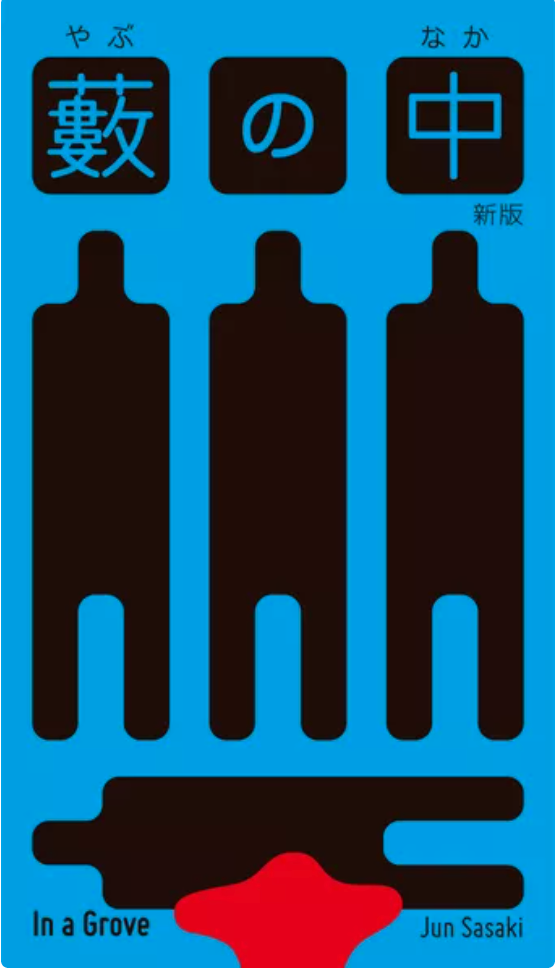

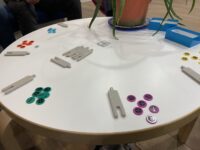





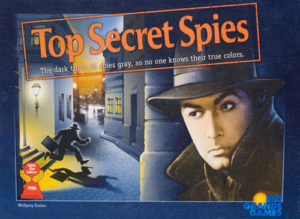
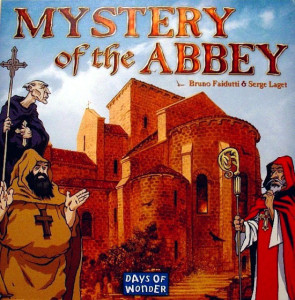

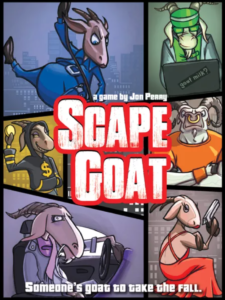
Sam says
The box says 2-5 players but really, you want at least four for In a Grove to be at its best: and even then, there's a sort of oddball wonkiness to the design where rounds can fall into a pattern of everyone following the opening accusation and accusing the same figure: usually, that means everyone is right - but this can blow up in the faces of the last-to-go detective as well, which is pretty funny. When it's good, it's not just fun but also compelling in a curious, groupthink kind of way, as players can assume others know better (or worse) or even try and throw others under the bus by deliberately accusing a figure they suspect (or know) did not commit the murder. The game plays on two levels: the rules, which are simple, and the implementation: do you play a straight-up game of safety, or play the players, preventing knowledge from spreading and taking risks?